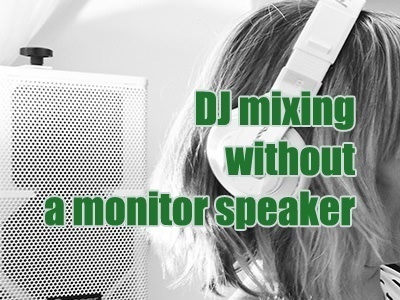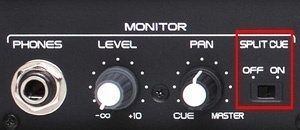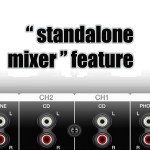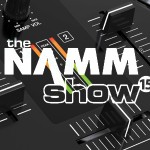 Monitoring both the main sound and the upcoming track are two key elements of making a transition for DJs.
Monitoring both the main sound and the upcoming track are two key elements of making a transition for DJs.
We do this to be able to hear where the beats come in so that we can match the tempo of both songs.
In an earlier post, I explained why a DJ needs and uses a monitor speaker for mixing. In this article, I’ll tell you how to monitor music and make a transition without one.
Almost all professional DJ booths are equipped with at least one speaker mounted at ear level, either on the side or the front of the booth (I like it on the side so that I don’t have to turn my head).
The whole purpose is to hear the main sound in real-time. In case of a delay or echo, you can’t properly mix music since you can’t hear the beats in that real moment. Why ? Because you’re in a large room or hall and sound bounces off walls and gets delayed and echoed before it comes to you.
Now, what do we do if this speaker is not around ? The answer is, of course our headphones. Actually, the most real-time sound is in it, being right on your ear.
There are two ways to get both the playing and the upcoming track in our headphones. Let me explain.
Cue / Master Mix
Almost every DJ controller with a decent soundcard and audio interface has a control knob called “Cue Mix” or “Headphones Mix”. It’s either on the top panel or in the front of your unit.
What this knob does is mixing both sounds (currently playing and next track) in your headphones. If you turn it to “Master” side, you only hear the playing track. The “Cue” side is for previewing the next one. Consider it like the “crossfader for your headphones”.
When you turn this knob between two ends, it blends both sounds either low or high, depending on its position. Main sound is higher when closer to “Master” and lower when closer to “Cue”. Same thing for your upcoming song.
This is the first and most common option for DJs making transitions without a monitor speaker. Let me remind you that it might be a little tricky at the beginning. Why ? Because, you’d be hearing both songs coming from the same source and may have difficulties distinguishing beats and tell which one is which. It all needs practice, eventually your ear picks up the right sound.
If you try this option, I recommend adjusting it to a level where you’re comfortable making the transition. Some like the main sound louder, others prefer the upcoming song, or 50/50.
Split Cue
 Well, this is not a feature that all controllers have. By the way, I love it !
Well, this is not a feature that all controllers have. By the way, I love it !
I owned Denon controllers for many years and Split Cue is almost a standard feature on Denon brand, like MC6000MK2. Other controllers like Numark NS7II, Numark NV, Numark NS6 and Numark 4TRAK carry the same function.
Now, let me tell you what split cue does. It basically separates both sounds to each side of your headphones. Main on the right and preview on the left, or the opposite.
You always have the option to turn it on or off, as seen in the above image.
In the absence of a monitor speaker, this is the healthiest way to mix two songs since you can hear each one on different sides.
So, If you haven’t got your controller yet and would like to have this feature, please consider one of the controllers I mentioned above.
Even though you have the ability to use your headphones for cueing and preparing your upcoming tune, it’s always better to have a monitor speaker nearby.
As long as one of your ears is unblocked and free, you’d hear the main system sound and listen to your transition live.


